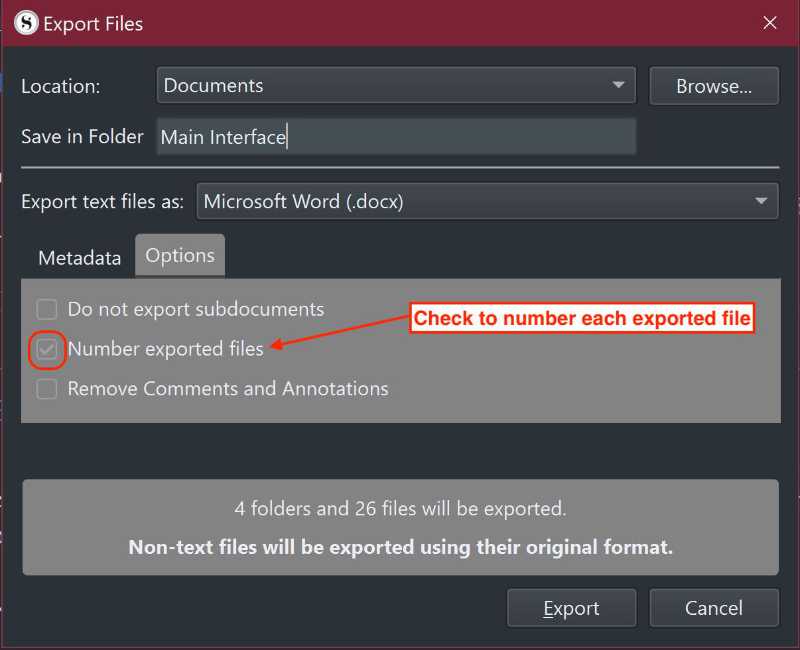


When you keep the binder view open (the column on the left), you can easily access all files and folders associated with the project you’re working on.

If you save something with a slightly different title structure or save it to the wrong folder, it can be a hassle to dig it out again. That’s because those programs are designed to work in a linear way where you see one document at a time. It’s easy for files to become disorganized when you use a traditional word processor like Microsoft Word. But Scrivener is actually an awesome tool for any type of writing. On the surface, Scrivener might seem like overkill for bloggers. Becoming a Better-Organized Blogger with Scrivener If you use the Mac version things might be different. Note: All screenshots were taken using Scrivener for Windows. Here are the main reasons I chose to start moving all of my blogging to this software. Today let’s focus on how Scrivener can be used by bloggers. It will allow me to organize my writing across multiple blogs, book and e-book manuscripts, e-courses, freelance writing projects, and more. I’m still a Scrivener beginner by a long shot, but I’m finally putting it to good use. I was still uncomfortable with the software at the time, and I worried it would slow me down. My hope was to use that writing software during last year’s NaNoWriMo instead of a standard word processor. A while back I mentioned that I was giving Scrivener a try.


 0 kommentar(er)
0 kommentar(er)
